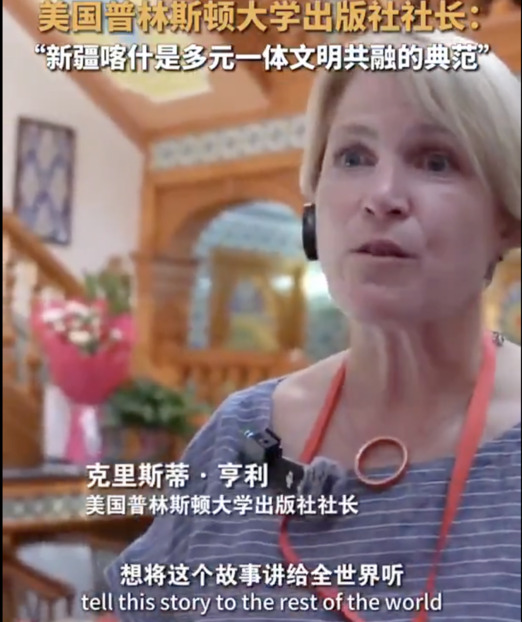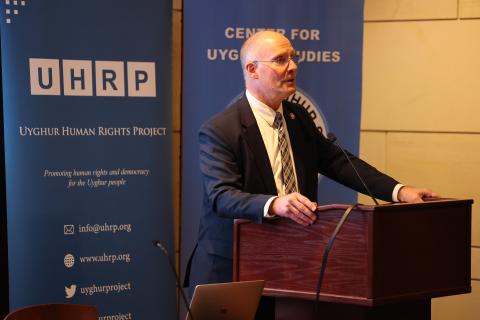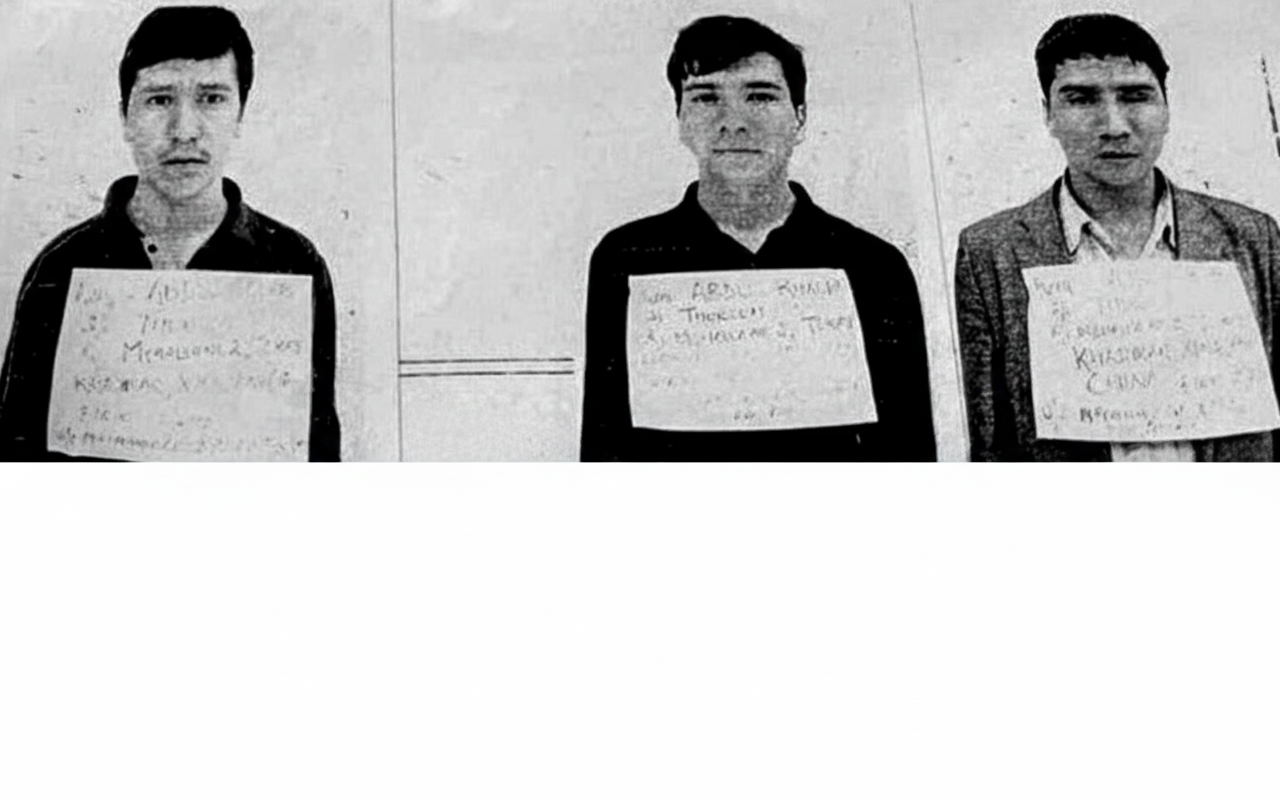
Nuclear Explosion, Photo Credit: thesilkroadchina.com
By Ilyaruq
June 13, 2020
Last month, the US State Department reported that China, in the midst of all the chaos in the world due to the Wuhan Coronavirus pandemic, may have carried out a secret nuclear test. “China’s possible preparation to operate its Lop Nur test site 2year-round, its use of explosive containment chambers, extensive excavation activities at Lop Nur, and a lack of transparency on its nuclear testing activities … raise concerns regarding its adherence to the zero yield standard,” the report said.
Obviously, the test was conducted in Lop Nur, in the heart of the historic homeland of the Uyghurs, East Turkistan, where millions of Uyghurs and other Turkic Muslims are being locked up in concentration camps and suffering from the ruthless treatment and repression of the Chinese authorities.
It is important to note that this is not the first time China carried out a nuclear test in the Uyghurs’ Homeland. In fact, since the establishment of Communist China, the Chinese regime had ambitions to acquire nuclear power and the Uyghur region had become its testing ground, specifically Lop Nur.
Lop Nur is located in the southeastern part of East Turkistan. An area to the northwest of Lop Nur is used as a nuclear testing site. China established the Lop Nur Nuclear Test Base On Oct 16, 1959. The first nuclear test in the Lop Nur Nuclear Test Base was carried out on Oct 16, 1964. After the success of the first nuclear test, the Chinese military in the region continuously conducted nuclear tests in Lop Nur, which reached 45 tests between 1964 and 1996.
The nuclear tests have had dramatic consequences in the region and its inhabitants ranging from health issues, air pollution, and geological damages. According to estimates of experts, like Enver Tohti, a Uyghur medical doctor living in exile, a few hundred thousand people may have died as a result of the nuclear tests in Lop Nur between 1964 and 1996. Nuclear detonations in the 1960s and 1970s in Lop Nur rained down a mixture of radioactive material and sand from the surrounding desert, which had caused great damage to the local people. “Some of the explosions were 200 times larger than the bomb dropped in Hiroshima,” says Jun Takada, a Japanese physicist who did research to evaluate the consequences of the nuclear tests in Lop Nur.
Furthermore, based on a computer model and information about the population density in East Turkistan, Takada estimated that 194,000 people could have died as a result of acute radiation exposure and around 1.2 million people received radiation doses high enough to develop leukemia. This corroborates the estimate of Enver Tohti.
Nonetheless, the long-term implications of radiation and the genetic effects of nuclear tests are not yet thoroughly studied.
Nuclear tests in the region are just one of the many heinous crimes of the Chinese regime in East Turkistan. While the nuclear tests had claimed thousands of lives of the people of East Turkistan, Chinese authorities have been systematically eradicating the Uyghurs and other Turkic Muslims in East Turkistan over seven decades in many ways. In the most recent instance, Chinese authorities are working tirelessly to transfer Uyghur youth from East Turkistan to China’s inner provinces in an effort to scatter the Uyghur population and assimilate them. Yet, do the new reports of nuclear tests mean China is looking into a wider picture in the oppression of the Uyghur people?






